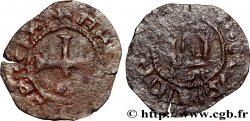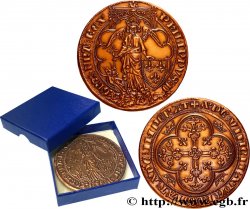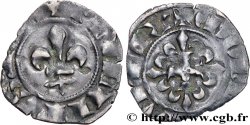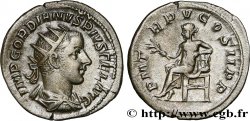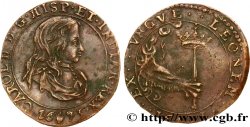E-auction 160-97594 - bry_375830 - PHILIP VI OF VALOIS Gros à la fleur de lis n.d. s.l.
You must signin and be an approved bidder to bid, LOGIN TO BID. Accounts are subject to approval and the approval process takes place within 48 hours. Do not wait until the day a sale closes to register. Clicking on « bid » constitutes acceptance of the terms of use of cgb.fr private e-auctions.
Bids must be placed in whole Euro amounts only. The sale will start closing at the time stated on the item description; any bids received at the site after the closing time will not be executed. Transmission times may vary and bids could be rejected if you wait until the last second. For further information ckeck the E-auctions F.A.Q.
NO BUYER'S FEE.
NO BUYER'S FEE.
| Estimate : | 55 € |
| Price : | 10 € |
| Maximum bid : | 10 € |
| End of the sale : | 09 May 2016 15:44:00 |
| bidders : | 3 bidders |
Type : Gros à la fleur de lis
Date: 27/01/1341 ou 17/02/1341 ou 26/06/1342
Date: n.d.
Mint name / Town : s.l.
Metal : billon
Diameter : 25,5 mm
Orientation dies : 9 h.
Weight : 1,92 g.
Coments on the condition:
Monnaie frappée sur un flan court et irrégulier. Poids léger. Une partie des légendes apparaît hors champ. Faiblesses de frappe
Catalogue references :
Obverse
Obverse legend : + PHILIPPVS [RE]X ; LÉGENDE EXTÉRIEURE : + [BNDICT]V: SIT: NOM[E: DNI: NRI: DEI], (PONCTUATION PAR TROIS POINTS SUPERPOSÉS).
Obverse description : Croix pattée cantonnée au 2 d'un lis.
Obverse translation : (Philippe, roi ; béni soit le nom de notre seigneur).
Reverse
Reverse legend : + FRA[NC]ORVM, (N RÉTROGRADE).
Reverse description : Fleur de lis. Bordure d'onze lis.
Reverse translation : (des Francs).
Commentary
Les émissions monétaires pour ce type de monnaie ne se distinguant que par le poids, il nous est difficile d’attribuer cette monnaie à une émission monétaire en particulier.







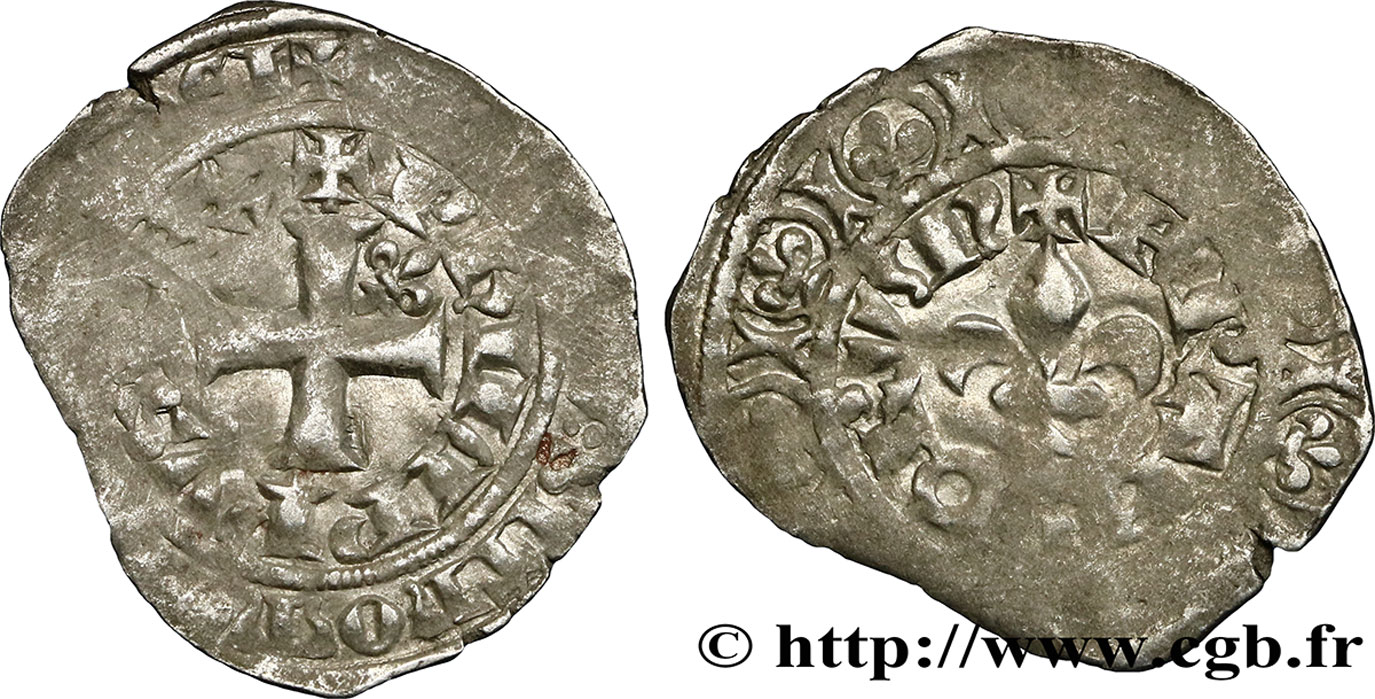
 Report a mistake
Report a mistake Print the page
Print the page Share my selection
Share my selection Ask a question
Ask a question Consign / sell
Consign / sell
 Full data
Full data

